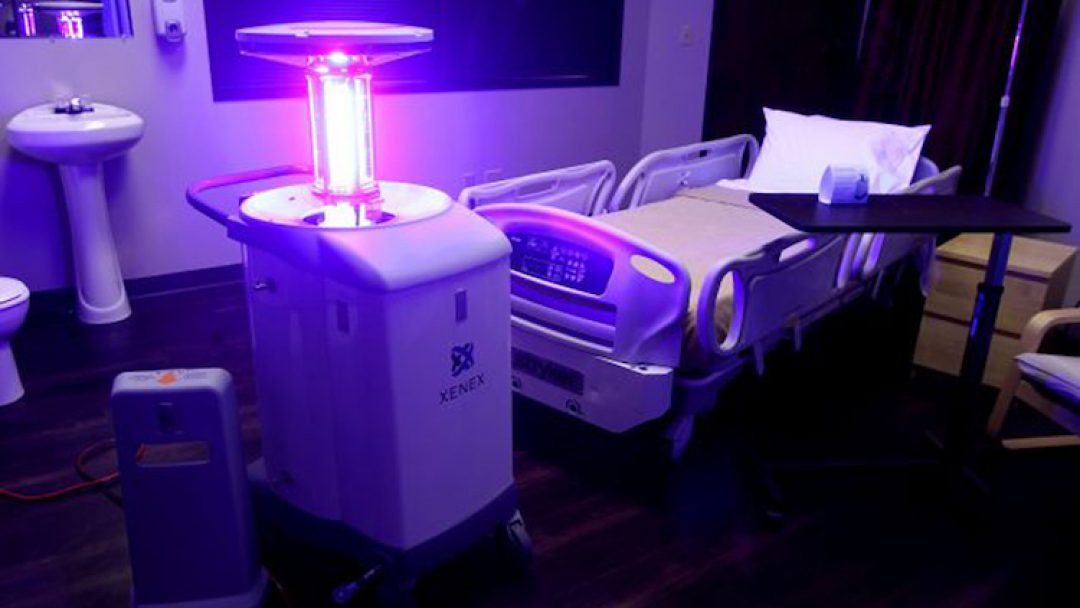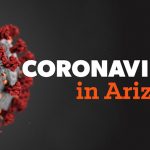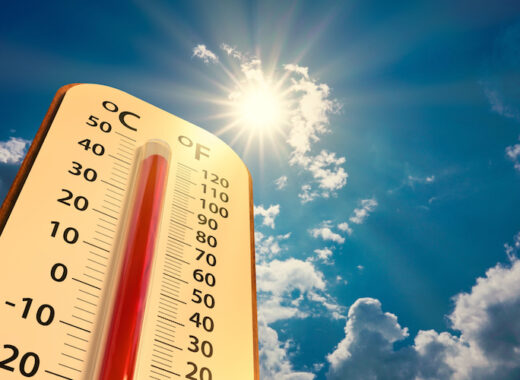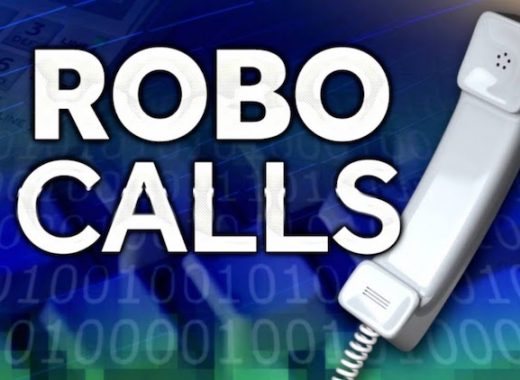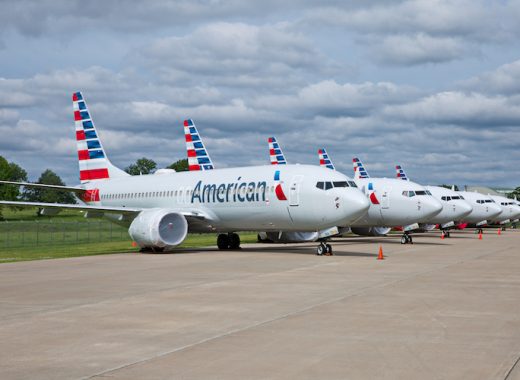Ultraviolet light technology is becoming more popular among companies who are implementing a multi-tactic approach to combat the coronavirus.
On July 29, JetBlue Airways revealed the Honeywell UV Cabin System, a robot the size of a beverage cart with arms that extend over the top of seats to sweep the cabin and treat aircraft surfaces. It can disinfect the entire cabin in roughly 10 minutes.
Troutbeck, a historic retreat set on 250 acres in New York’s Hudson Valley, upgraded all of the resort’s HVAC systems with a new HEPA filtration system that includes UV light for extra germ-fighting.
New York’s public transportation system, the Metropolitan Transportation Authority, worked with Columbia University to test UV light in vehicles and other fixed locations, such as break rooms and operation centers.
While companies continue to use ultraviolet light to disinfect their airplane cabins, hotels, subway cars, and cruise ships, the average American may be skeptical. How can light kill the coronavirus?
Ultraviolet light is a band of electromagnetic radiation at higher energies and shorter wavelengths than visible light, which makes it invisible to the human eye, according to the International Ultraviolet Association.
There are four subcategories to UV light based on their wavelengths: UVA, UVB, UVC, and vacuum-UV.
UVA wavelengths are the longest and fall between 400 to 315 nanometers. Most of blacklight falls into this category, except for a small fraction that falls into the violet spectrum, which is why people using it see a purple color.
On the other side of the spectrum, vacuum-UV has the shortest wavelengths that fall between 100 and 200 nanometers.
Airline companies, businesses, hotels, and hospitals specifically use UVC light to disinfect surfaces and kill off viruses that chemicals might miss. UVC light falls between 280 and 200 nanometers.
Jim Malley, professor of civil and environmental engineering at the University of New Hampshire, said germicidal UVC light has been used for decades to disinfect surfaces and kill viruses.
While studies have yet to confirm if UVC light can kill SARS-CoV-2, the virus that causes COVID-19, multiple studies have shown that it can kill other viruses including influenza and other seasonal coronaviruses.
But, how can a light kill a virus? One theory, Malley said, is that the UVC light damages the virus’s RNA so that it is no longer able to reproduce and infect. It can also damage the protein that coats the virus, disabling it to attach to a host cell.
Typical germicidal UVC light kills viruses at a wavelength of 254 nanometers. However, all viruses are different and some respond to shorter or longer wavelengths. They also require a different UV dose, which is measured by light intensity and exposure time.
“The thing about virus and germs is that they’re not one thing,” Malley said. “Some are very resistant so they need a high UV dose, some are more susceptible so they can take a low UV dose.”
If all the measurements line up, UVC light can kill 99.9% of viruses and bacteria.
One limit to UVC light is that it only disinfects what it sees. Sometimes the light source needs to be repositioned multiple times to get every nook and cranny inside a room. It may also take a couple of cycles to disinfect a room depending on its size, the intensity of the light, and the time of exposure.
The science is meticulous.
“The (UV) light we are talking about cannot be seen, going against a virus that is way too small to see,” Malley said. “It’s like painting with an invisible paintbrush.”
If UVC light can damage the RNA in viruses, it can also damage the DNA inside cells that are present on human skin.
The International Agency for Research on Cancer has classified ultraviolet radiation as a carcinogenic to humans, which means it can cause cancer. The American Cancer Society also said that UV light can cause premature aging and signs of damage such as wrinkles, leather skin, liver spots, actinic keratosis, and solar elastosis.
Malley says UV light can also be harmful to the human eye, specifically damaging the cornea. This could lead to clouding of the eye lens or tissue growth on the eye surface, which can impair vision, according to the ACS.
This is why many companies go the extra mile to protect consumers. Some companies go as far as providing protective equipment, such as suits and goggles, while others design products that keep the light detained.
“If it’s not going to harm your skin or eyes, it’s not the right amount of UV energy” to kill viruses and bacteria, said Mark Beeston, vice president of sales and marketing at Vioguard, a UVC light tech company.
However, a recent study suggests there may be a spectrum of UVC light that kills viruses but isn’t harmful to humans.
Researchers at Columbia University Irving Medical Center found that more than 99.9% of seasonal coronaviruses present in airborne droplets were killed when exposed to a wavelength called far-UVC light at 222 nanometers. The results were published in June in the peer-reviewed journal Nature.
According to the study, far-UVC light can’t penetrate the tear layer of the eye or the outer dead-cell layer of skin. This means it’s unable to reach and damage living cells in the body.
“Because it’s safe to use in occupied spaces like hospitals, buses, planes, trains, train stations, schools, restaurants, offices, theaters, gyms, and anywhere that people gather indoors, far-UVC light could be used in combination with other measures… to limit the transmission of SARS-CoV-2 and other viruses,” said the study’s lead author David Brenner, director of the Center for Radiological Research at Columbia University Irving Medical Center.
Good UVC light devices are difficult to perfect, yet it seems many companies are throwing their hats in the ring as consumers look for more ways to disinfect their living spaces.
“It’s a wild west rodeo, the gold rush. Everybody is hauling up the mountains to dig gold,” Beeston said.
Malley sees ten to twenty advertisements a day and calls most of those products “rubbish.”
He said most devices that kill viruses and promote safe use are usually marketed towards hospitals or commercial laboratories. These devices can range from $1,000 to $4,000. The cheapest product Malley has seen that actually work starts at $400.
“If something is like $100 or $200… it probably won’t work,” he said. “A lot of this stuff is easy to make and easy to sell but nobody bothers to do the research.”
Although some companies market approval from the Food and Drug Administration or the Environmental Protection Agency, there is no official certification or authorization from a governmental agency that confirms a product’s efficacy.
Experts urge customers to do some research before purchasing a UVC light device. Does it have studies to back it up? Does it appear in any hospitals, laboratories, or other commercial settings? What’s the light wavelength, the recommended dose, and at what distance?
Malley and Beeston recommend reaching out to the manufacturer and asking these questions if the answers aren’t immediately clear.
Click here to learn more about UV Light.


